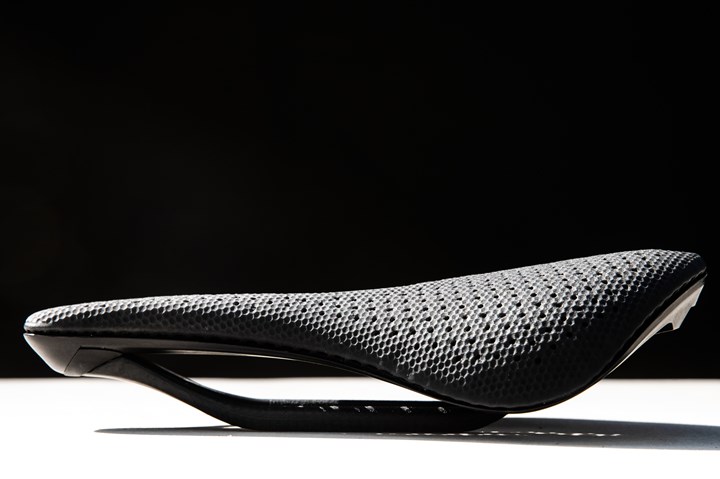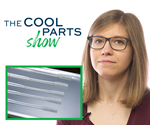Carbon Offers Lattice-Generating Design Tech
The design software is said to accelerate the time from "idea to design."
According to Phil DeSimone, chief product and business development officer at 3D printing tech company Carbon, “Traditional CAD tools have not kept pace with the innovation of 3D printers and materials. This lack of progression limits the ‘idea to design’ stage of the product development lifecycle.”
So, to accelerate that time, the company is releasing its proprietary design software, Design Engine, which automates the process of developing lattice structures, to its customers (which are subscribers to the equipment rather than purchasers).
DeSimone adds, “With the release of Design Engine to all Carbon subscribers, we are helping designers iterate through their design thinking, faster.”
According to a Carbon spokesperson, the user doesn’t need to design an object with a third-party CAD system before deploying Design Engine. Rather, “With Design Engine’s cloud-based computation, users can design a part directly within Design Engine to generate and create conformal, single-zone lattices.
“Users can also get insights and predictions from the software on material savings and mechanical responses to help fine tune a design. The Design Engine user interface will display a latticed CAD file, with a history of input parameters and operations in the sidebar.”
Because the software is specifically developed for 3D printing (or, as Carbon put it, offering “DFAM features,” or “design for additive manufacturing”), it is said to be more germane than other types of generative design software, which aren’t necessarily DFAM-specific.
“Our algorithms specifically work towards generating a lattice that is conformal to the input...”
While there is an emphasis on the generation of lattice structures, the output can have smooth surfaces.
The Carbon spokesperson explains, “The finished latticed part has struts both on the surface and inside the input design space. Using the ‘trimming’ feature, users can manipulate the struts on the boundary and add a skin onto the lattice body, creating a smooth exterior with the lattice inside. Our algorithms specifically work towards generating a lattice that is conformal to the input, meaning the struts on the boundary of the domain will be aligned to the tangent plane of the domain locally. This is an important feature of the output from the Carbon’s Design Engine as it avoids open nodes (e.g. a scenario similar to a bed of nails, which would create a cause of high stress concentration, mechanical failures, as well as uncomfortable behavior if the latticed part is in direct contact with a user's skin like in a helmet or with a bike saddle).”
And to that point, two of the users of the Design Engine are Specialized, for its S-Works Power Saddle with Mirror Technology (picutred below), and CCM, for its Super Tacks X helmets.

This bicycle seat from Specialized, the Power Saddle with Mirror Technology, was developed with Carbon’s Design Engine cloud-based design software. It provides soft surfaces and support where needed. Photo credit: Carbon
Related Content
-
8 Cool Parts From RAPID+TCT 2022: The Cool Parts Show #46
AM parts for applications from automotive to aircraft to furniture, in materials including ceramic, foam, metal and copper-coated polymer.
-
Flexible Bellows Made Through Metal 3D Printing: The Cool Parts Show #64
Can laser powder bed fusion create metal parts with controlled flexibility? We explore an example in this episode of The Cool Parts Show.
-
Drones Take Flight with Metal and Polymer 3D Printed Parts: The Cool Parts Show Bonus
Drones produced by Cobra Aero now incorporate many 3D printed parts made through laser powder bed fusion and Multi Jet Fusion processes.

.jpg;width=70;height=70;mode=crop)













